Key Points
- “Sleeping giant” FDCA, now practical: Avantium’s YXY® process makes FDCA efficiently and at scale, enabling real-world PEF.
- Feedstocks today and tomorrow: Starts with first-gen sugars; moving to ag residues, wood waste and textile waste for true circular inputs.
- Lighter packs, same strength: PEF’s strength lets brands use less material without losing performance.
- Beyond bottles: Fibre-grade PEF targets textiles (e.g., tyres, upholstery). Early tests look promising; UV/moisture durability work continues.
- Quality control at scale: A licensing model plus audits and common specs keep material quality and sustainability claims consistent.
Full interview with Avantium
1. FDCA has long been considered the "sleeping giant" of the chemical industry. What specific advances in your YXY® Technology enabled its commercial viability for PEF production?
Our YXY® Technology represents a breakthrough in converting plant-based sugars into FDCA, the key building block for Releaf®’s PEF. We’ve optimized the catalytic process to achieve higher yields and greater efficiency, and we’ve scaled up purification methods to ensure consistent, high-quality output. These advances have enabled us to move from lab-scale experiments to a full-scale flagship plant, making commercial PEF production a reality.
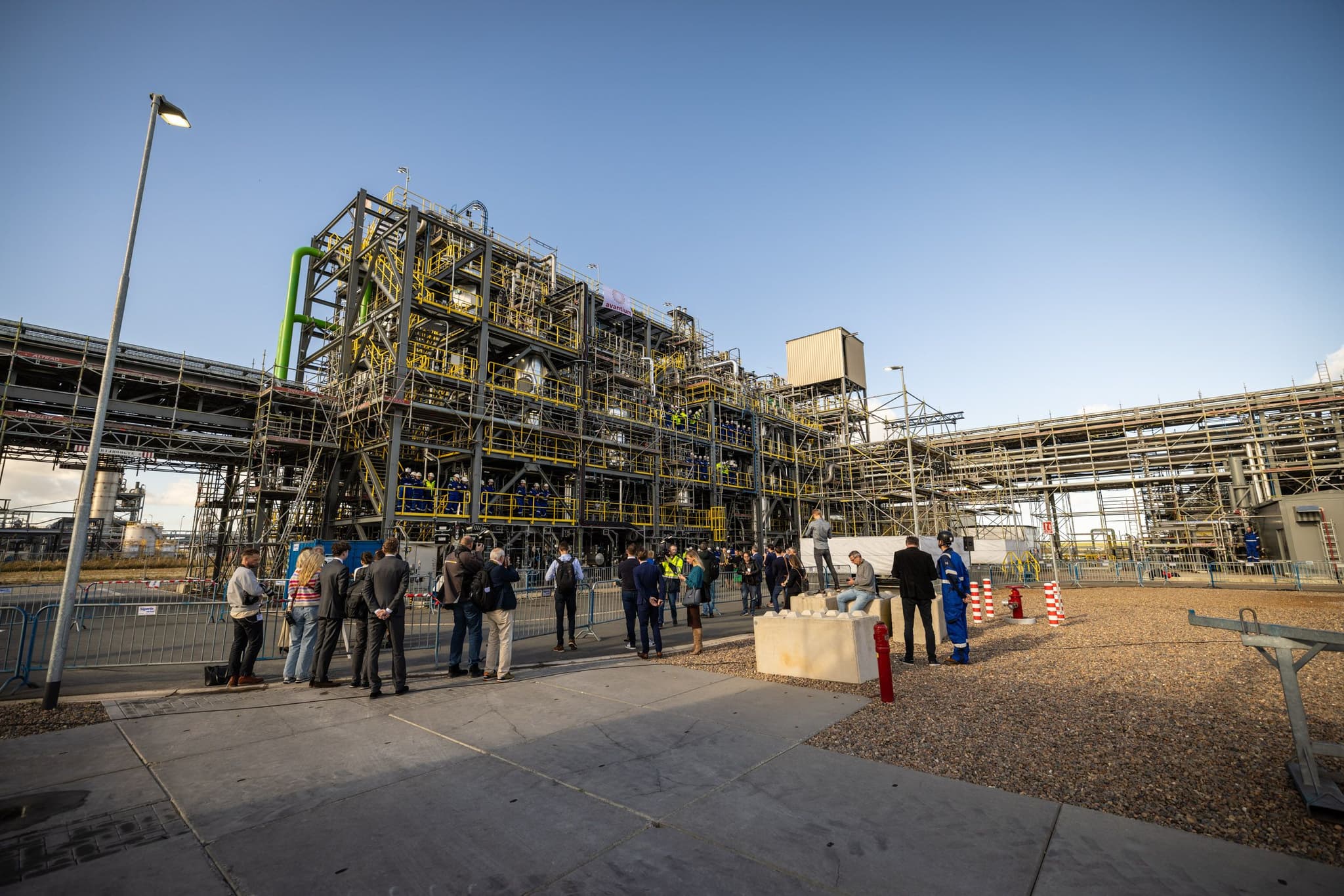
2. Releaf®’s high CO₂ and O₂ barrier properties are central to its performance benefits. Can you explain how these properties are engineered at the molecular level in comparison to PET?
Releaf® (PEF) stands out thanks to its unique molecular structure, which is based on FDCA instead of the terephthalic acid used in PET. The furan ring in PEF creates a tighter, more rigid polymer network, significantly improving its barrier against gases like CO₂ and O₂. This means products stay fizzy and fresher for longer, directly translating to longer shelf life and less food and beverage waste. It’s a clear advantage in packaging applications, supporting both sustainability and product quality.
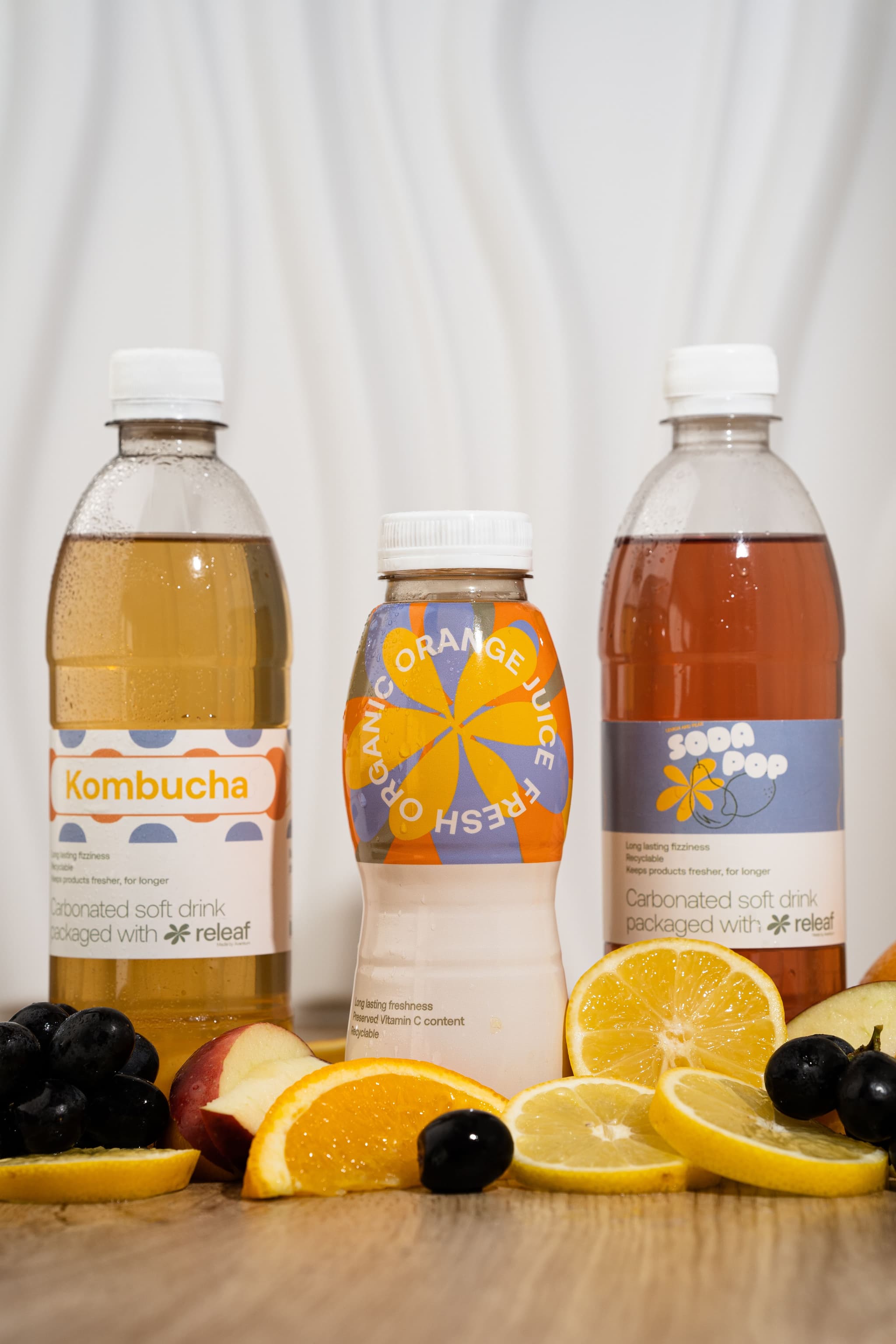
3. Avantium currently uses first-generation sugars for Releaf® production. How is Dawn Technology being leveraged to shift towards second- or third-generation feedstocks, and what challenges remain?
Dawn Technology™ enables us to convert non-food biomass: such as agricultural residues and wood waste, which would otherwise be discarded, into high-quality sugars suitable for PEF production. By utilizing these second- and third-generation feedstocks, we not only create new value from materials that are typically underused or treated as waste, but also advance a more circular and sustainable production model. The primary challenges involve ensuring a reliable, scalable supply of these alternative raw materials and integrating them efficiently into our existing processes. Our ongoing efforts focus on optimizing both the technology and the supply chains to make this transition practical and sustainable.
4. In your fibre-to-fibre recycling of polycotton using Dawn Technology, what enables the selective separation of cotton and polyester, and how does this impact downstream recyclability and PEF production?
Dawn Technology™ is a real game-changer for textile recycling. By selectively breaking down the cellulose in cotton and turning it into glucose, while leaving the polyester fibers intact, we can finally separate and recycle both parts of polycotton blends, something that’s long been a major challenge in the industry. What’s truly groundbreaking is that the glucose we recover from cotton waste isn’t just recycled, it becomes a valuable feedstock for making FDCA, and ultimately, Releaf®’s PEF. In other words, we’re not only solving the textile waste problem, but also creating a new, sustainable source for high-performance plastics, killing two birds with one stone and closing the loop between fashion and packaging in a way that’s never been done before. If you’d like to see how this works in practice, there’s a video you can watch here (Mini-documentary Polycotton Recycling), featuring Avantium’s CTO, Gert-Jan, and PhD student Nienke Leenders, who walk through the process and its impact.
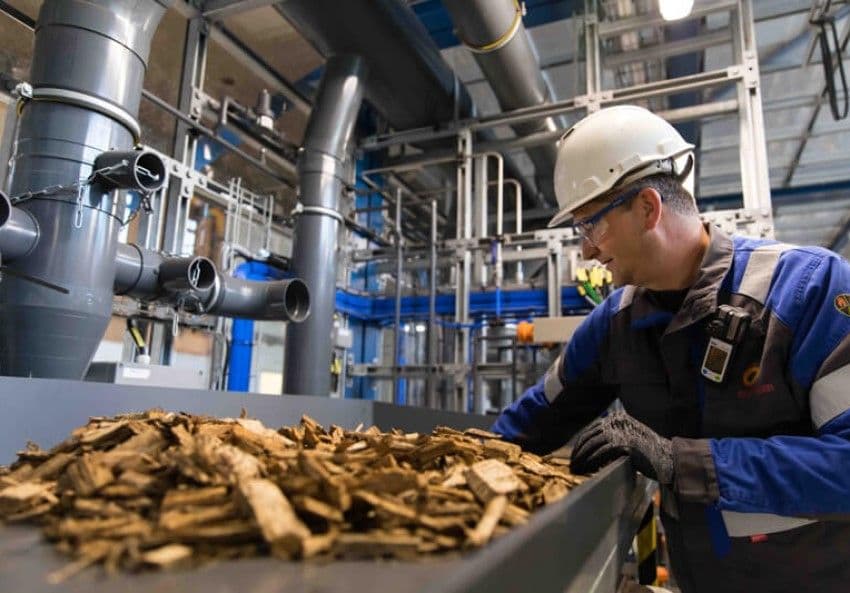
5. Life Cycle Assessments show PEF bottles can achieve a 62% GHG reduction. How do material choices and processing steps contribute most significantly to this reduction?
The significant reduction in greenhouse gas emissions comes from using renewable, plant-based feedstocks and our energy-efficient catalytic process. PEF’s superior barrier properties also allow for lighter packaging, reducing material use and transportation emissions. Every step, from sourcing to processing, is designed to minimize environmental impact.
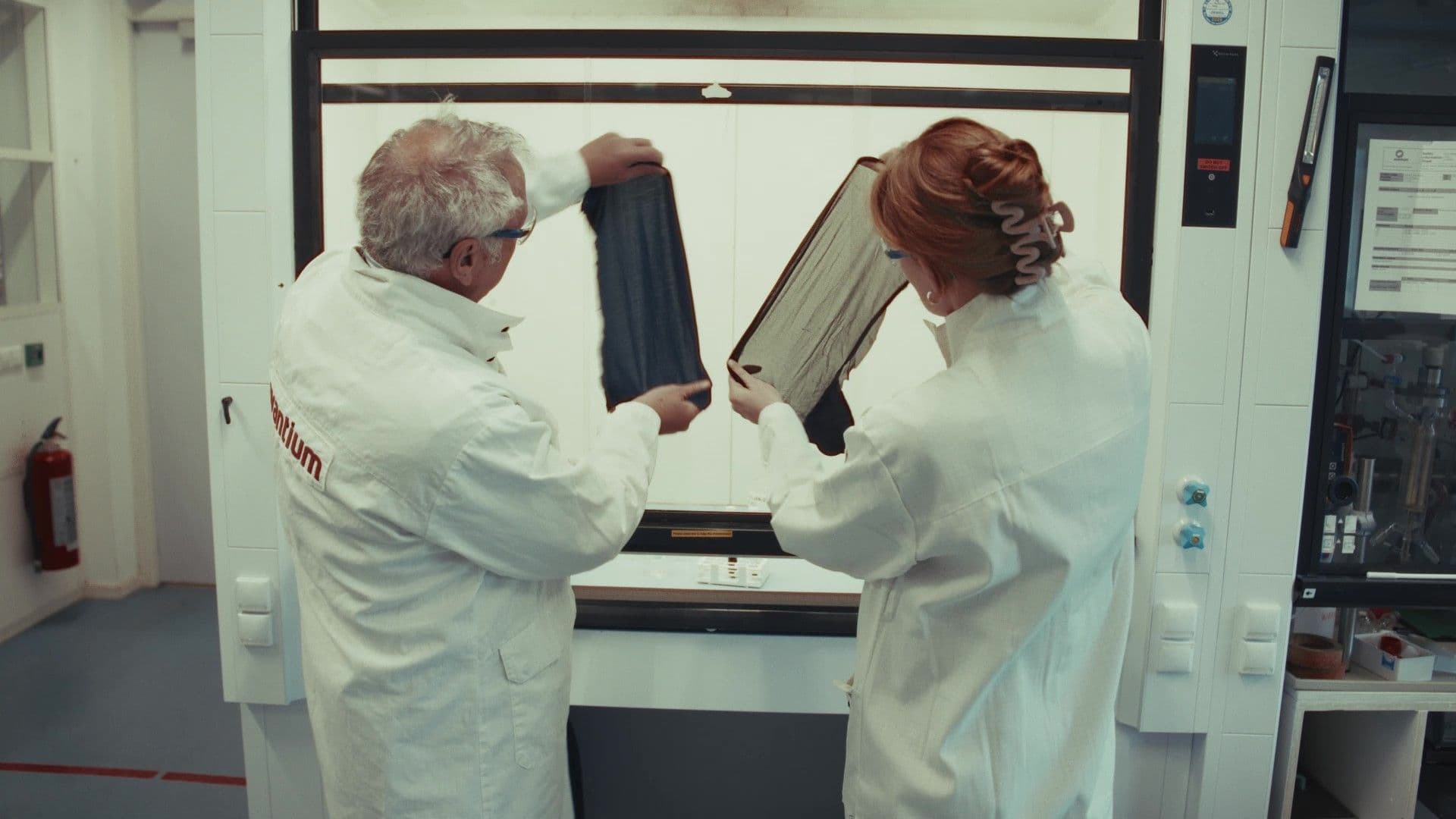
6. Releaf®’s enhanced mechanical strength allows for thinner packaging. How do you quantify and validate these savings across different applications?
We assess the potential for lightweighting by benchmarking PEF’s mechanical properties, such as tensile strength and modulus, against the requirements of each application. Using standardized industry testing (e.g., ASTM or ISO methods), we determine the minimum thickness needed for PEF to meet or exceed the performance of incumbent materials like PET. This data-driven approach allows us to optimize packaging design, validate performance in real-world conditions, and quantify material and carbon savings for each use case.

7. What compatibility and recycling challenges have you had to address to ensure PEF integrates smoothly within existing infrastructure designed for PET?
We’ve worked closely with recyclers and industry groups to prove that PEF can be identified, sorted, and processed using current PET recycling systems. This has involved testing PEF in real recycling environments and contributing to the development of standards that support its seamless integration into existing infrastructure.
8. With Releaf® fibres positioned for use in tyres and upholstery, how does its performance compare to nylon and PET under stress, wear, and environmental exposure?
PEF demonstrates mechanical properties, such as stiffness and tensile strength, that are comparable to PET and, in some instances, approach those of nylon. However, comprehensive long-term studies on wear resistance and environmental durability (e.g., UV and moisture sensitivity) are ongoing. Initial findings suggest that while PEF offers high quality and is fully biobased, it may be more sensitive to light exposure than PET or nylon, which could impact performance in demanding or outdoor applications. We are actively researching these aspects to better characterize and optimize PEF for such uses.
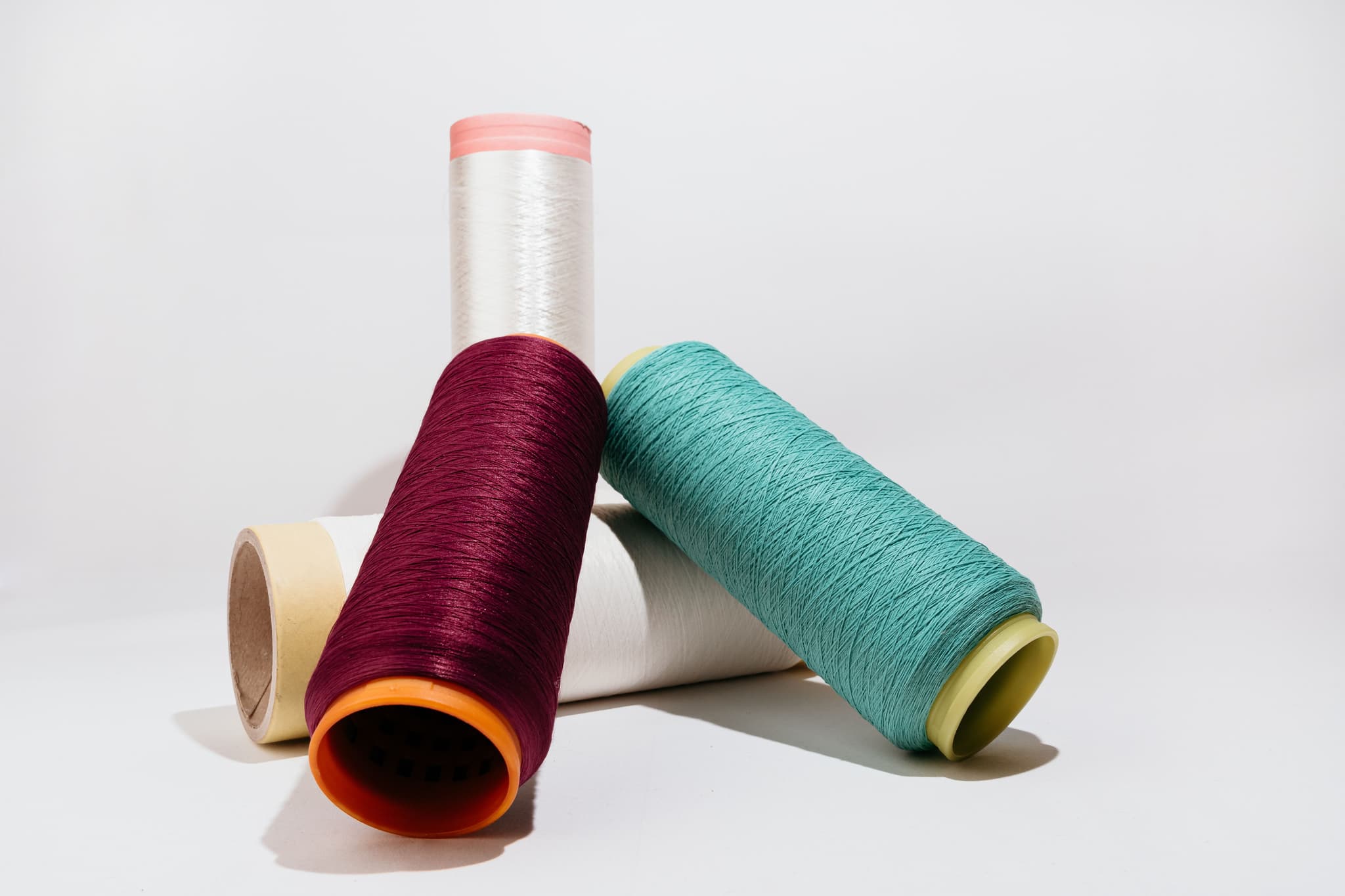
9. Given your licensing-led strategy, how do you ensure material quality and sustainable practices are upheld by global partners scaling your technologies?
We empower FMCG markets (such as the food & beverage, cosmetics and apparel industry) by developing and commercializing circular, renewable technologies for performance materials. These markets are being served by material suppliers, fulfilling the specifications and sustainability requirements of their customers, as well as local and industry standards. Additionally, we enable our partners to sell products under the Releaf® brand, differentiating themselves on quality, sustainability and responsible manufacturing based on compliance with Avantium’s specifications and practices. Supporting our licensees and having regular audits supports the industry-wide adoption while maintaining the integrity and reputation of the Releaf® trademark.
10. How does Avantium’s approach to material innovation differ when designing for single-use packaging versus durable applications like textiles?
For single-use packaging, our focus is on maximizing barrier properties, lightweighting, and recyclability to minimize environmental impact and support circularity. In contrast, for durable applications such as textiles, we prioritize long-term performance, fiber resilience, and closed-loop recyclability. Our goal is to "defossilize" both sectors by replacing fossil-based polyesters with PEF, offering a sustainable alternative to rPET from bottles for textiles, and high-barrier, lightweight solutions for packaging, all while designing materials and processes that enable true circularity.
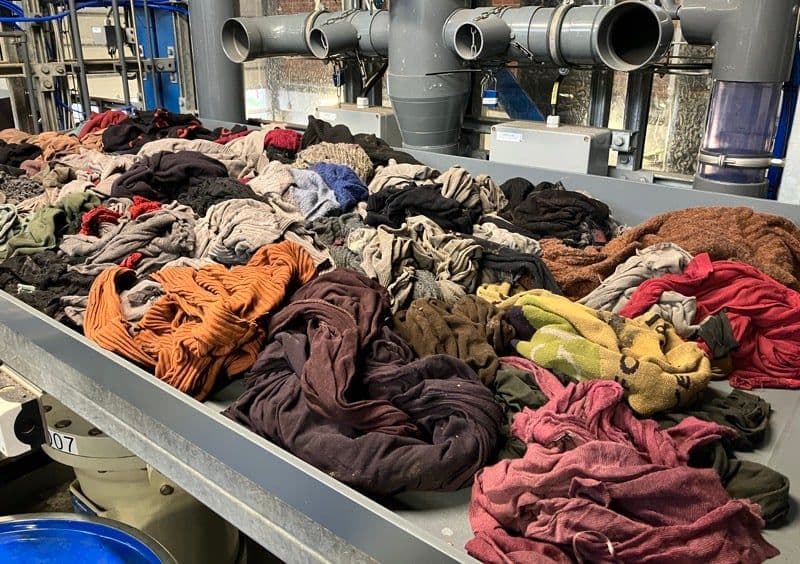
11. Looking ahead, what future material properties or processing breakthroughs are you targeting to further close the loop in plant-based polyester systems?
Looking ahead, Avantium’s main focus is on advancing the circularity and sustainability of Releaf® PEF by innovating across several key areas. First, the company is prioritizing the diversification of feedstocks beyond food crops by leveraging technologies that convert second- and third-generation biomass, such as agricultural residues, wood waste, and even polycotton textile waste, into high-quality sugars for FDCA and PEF production. This is enabled by patented processes that allow fiber-to-fiber recycling and the use of non-food, renewable resources, helping to minimize environmental impact and reduce reliance on fossil carbon sources.
Avantium is also working on continuous production technologies to improve recyclability, durability, and performance of Releaf® PEF. The company’s R&D pipeline includes the development of scalable, energy-efficient manufacturing methods and the integration of advanced recycling solutions, so that PEF can be efficiently recovered and reused at the end of its life.
By focusing on these breakthroughs: feedstock flexibility, advanced recycling, and high-performance material properties, Avantium aims to enable a fully circular, fossil-free future for polyesters like PEF, where materials are continually cycled from renewable feedstock to product and back again.







